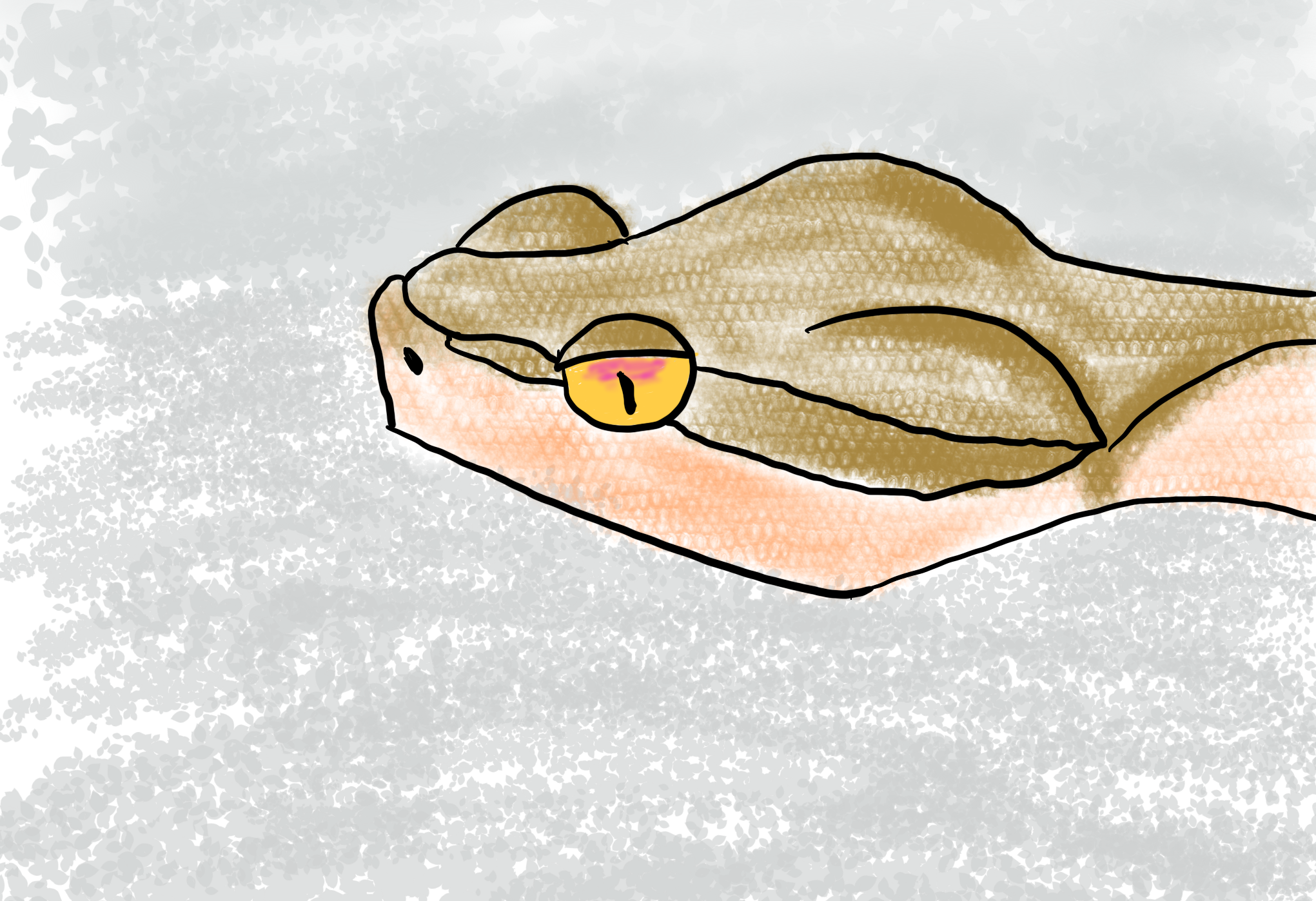Midget Faded Rattlesnake (Western Rattlesnake)
I'm assuming the Wyoming Fish and Game Department considers "Fellas" to be a gender neutral term
Like so many of our Colorado reptiles, the Midget Faded Rattlesnake has a short active season – it hibernates from October to April or May. The environment that the snakes occupy – below 7000 feet in the Green River formation, in northwestern Colorado and Wyoming – means short summers and long winters. They live in a variety of biomes – the piñon-juniper woodlands, semi-desert shrublands full of sagebrush, and even montane woodlands – and occupy areas of around 2000 meters away from the dens where they hibernate unless they are females raising their young (in which case they stay very close to the den). This is one of the largest migration areas of any rattlesnake species, despite the fact that, as the name suggests, this snake is quite small compared to other rattlesnakes. This is the kind of fact I love to learn from writing this newsletter – I had never even considered the migration area of a rattlesnake, and now I’ve just learned about this particularly migratory rattlesnake.
Another interesting thing: although adults hunt at night, feeding on small mammals and lizards, juveniles of this species have to hunt during the daytime because they are too small to keep themselves warm at night.
Thanks for reading Colorado Wildlife! Subscribe for free to receive new posts and support my work.
Midget Faded Rattlesnakes, like all rattlesnakes, are generally peaceful towards people and will only attack when threatened, and only after issuing their telltale warning noise. They are one of the most lethal of all the venomous rattlesnakes. Their venom has both a neurotoxin (affecting the central nervous system) and a myotoxin (peptides that cause tissue to paralyze and necrotize). (Side note: a typo led me to learn about mycotoxins, which are toxic chemical products of fungi.) Even though this species is protected, it is legal for people to kill a rattlesnake that is threatening them or their property; ironically most bites recorded from these snakes occur when someone is trying to kill them. So maybe leave them alone.
The Wyoming Fish and Game Department agrees with me (this is an actual quote from their website): “The general public has NO good reason for handling this species and collection of the species is illegal. Remember fellas, youth, alcohol, and snake venom are a very bad combination. Most people bitten by rattlesnakes are either trying to catch the snake, or kill it.” REMEMBER FELLAS!

Thanks for reading Colorado Wildlife! Subscribe for free to receive new posts and support my work.